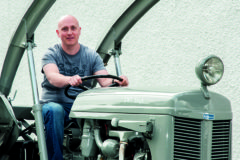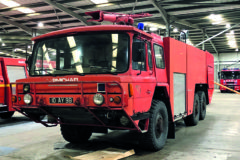Foden back to life after 85 years!
Posted by Chris Graham on 25th October 2020
Bob Moorman celebrates the joy of bringing his Foden back to life and on to the road for the first time in 85 years!
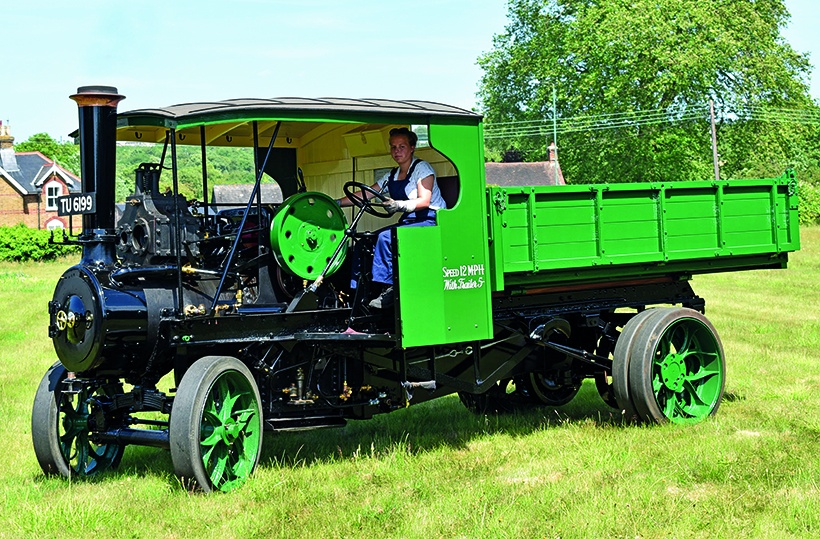
Foden back to life: Taken on June 22nd, 2020, this photographs captures the moment when 1927 Foden six-ton wagon No. 12630 The Leader, was driven under its own steam for the first time in 85 years in West Kent. Bob Moorman’s daughter, Lucy, was probably the first female to ever have driven it!
WJ King, at Bishop’s Lydeard, in Somerset, was a large firm in the 1920s owning farms, quarries and a big fleet of steam vehicles that included threshing engines, rollers and wagons. The wagons were used mainly to deliver stone from the quarries, most being three-way tippers, which made it easier to deposit the stone at the side of the road under repair.
As time went on, the threshing engines were superseded by Marshall 12/20, M and Field-Marshall Series 1 and 2 single-cylinder diesel tractors, and ERF diesel tippers took over from the wagons. Several of the ERFs survived into preservation, including the oldest example. In the mid-1920s, the Kings wagon fleet mainly consisted of Fodens – the company ran at least 12 at one time.
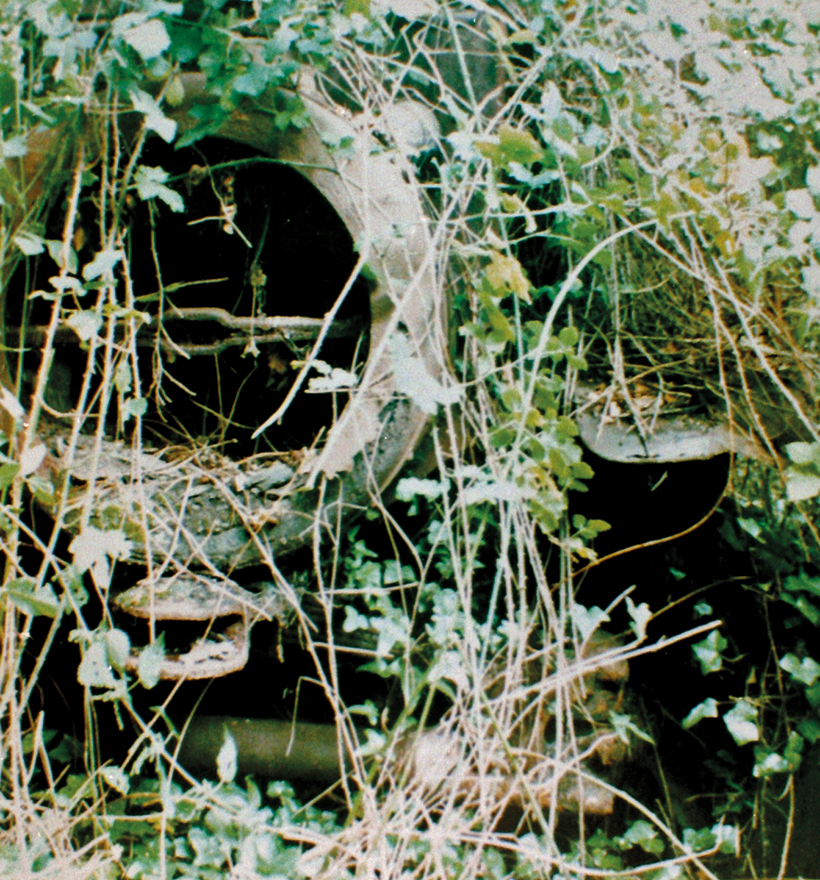
This photograph of the front of the Foden was taken by Nick Baldwin about two years before the sale, and illustrates how nature had reclaimed the Foden, and why it was described as being in ‘hedgerow condition.’
The job of a steam wagon salesman in the mid-to-late 1920s must have been hard, due to the general economic climate, and the fact that WW1 had left a surplus of petrol-powered lorries available at low prices. Come the early 1930s, the government did its best to finish off the solid-tyred steam wagon, though Kings did buy some pneumatic-tyred Yorkshires and Sentinels, before changing over to diesel completely.
By reading periodicals of the day, such as Commercial Motor and Motor Transport, you can find several photographs of Foden wagons in the King’s livery on show sales stands which were never owned by Kings, so they must have been painted to try and persuade Kings to buy them!

Another Nick Baldwin photo, this time showing the right-hand side cab entrance of the Foden.
Eventually, by the mid-30s, the Fodens were laid up in the yard at Bishop’s Lydeard, in Somerset. During World War Two, a large workshop was built in front of the engines and, to make room, some of the wagons were pushed further back towards the hedge, where they remained, undisturbed, for years. However, four wagons were put under cover sometime during the 1950s, but the rest lay, unprotected until the famous auction in 1988.
I wasn’t aware of the existence of the wagons until the pre-sale publicity came out, and it was a bit of a last-minute decision to attend, with a view to buying an engine. I’d just finished the restoration of my award-winning, 1929 Commer 2.5-ton petrol lorry (it still looks as immaculate today as it did then. Ed), so was looking for a new project.
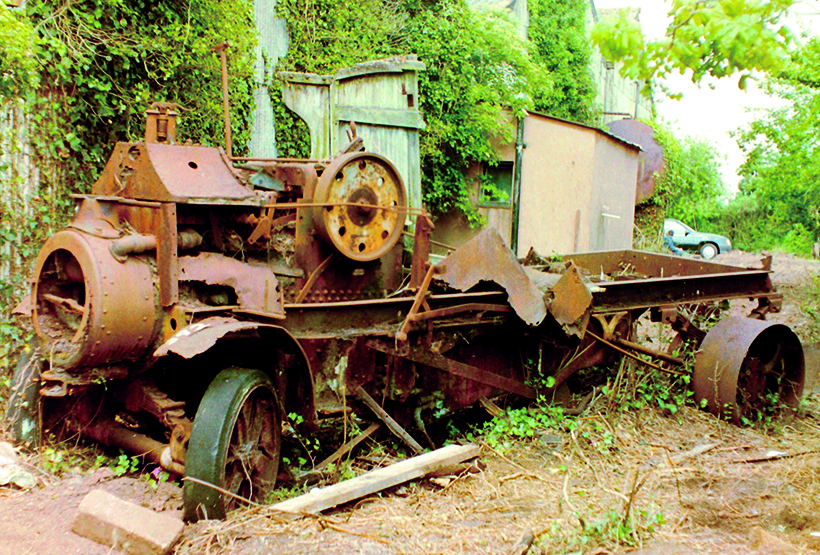
Lot 392: I took this picture a week after the sale, when I returned to try and extract the Foden from its resting place of 53 years. The other wagons had already gone; it clearly shows the amount of work required.
But I wasn’t able to attend the viewing day, so had a quick look around before the sale started. It was clear that some were in far better condition than others, and so would fetch more. The auctioneer had decided not to move the five worst wagons for fear of them falling apart; they were described as being in ‘hedgerow condition’.
While looking around on the day of the sale, it was obvious that lots of people were only there as interested observers, not buyers. I overheard one woman say to her husband: “What would you do with it?”, while another visitor said: “It would be expensive as a gift!” – she wasn’t entirely wrong.

Looking better, in 2014, when it was moved to a different farm. It isn’t often you get the opportunity to see a Foden without a body or cab.
Due to the unique nature of the sale. nobody knew how much the wagons would fetch so, when the bidding started, I set my sights on one of the first two Fodens, as they were in worse condition and so more likely to be within my budget. I was standing at the back of the room, and ended up as the under-bidder for the first machine, while trying to decide how much rust I wanted for my money.
I can remember a man sitting in front of me who turned around with a look of sheer horror at the price we had bid! I then managed to buy the next lot – number 392, Foden No.12630 – at which point the prices rose sharply and went way above my budget. So, I had bought part of a rusty hedge!
It’s taken until June this year to restore the wagon to a point where it could be driven under its own steam; something it hadn’t done for 85 years. When my daughter, Lucy, drove it, she was probably the first female ever to have driven it!
For a money-saving subscription to Old Glory magazine, simply click here



